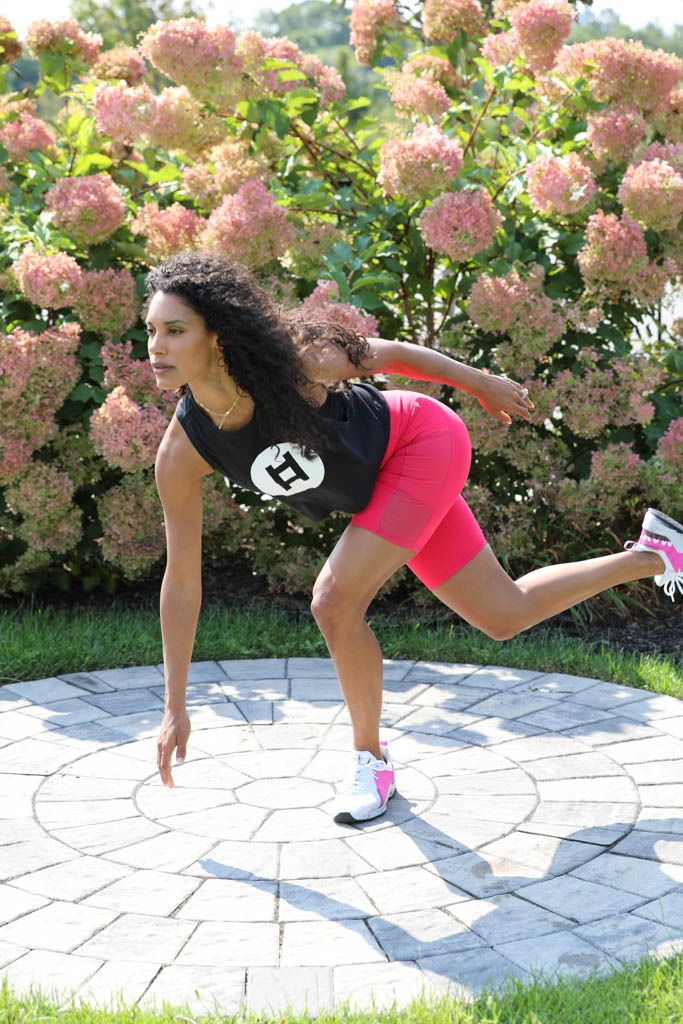
Can you believe we made it to 2022?
Maybe you have spent the last couple of years working from home, in and out of zoom calls and your motivation fell to the wayside. I just want to let you know that you are not alone! If you entered the new year ready to turn over a new leaf, let’s chat about how to safely re-enter your fitness regimen.
Whether you are back at the gym or you are now a home fitness enthusiast and you ordered the latest treadmill or bike to get your new years resolutions rocking and rolling. Wherever your journey has taken you over the past couple of years, I just wanted to share a little more information from Baptist Health South Florida to help you ease back into your fitness regimen safely.
If you are just starting your fitness journey or you are getting back to moving after a few years, it is important to understand your own exercise tolerance and if you have any underlying conditions, make sure to see a physician before starting any program. According to this article, Luis Rodriguez, M.D., a primary care sports medicine physician with Miami Orthopedics & Sports Medicine Institute says:
“If you’re someone who has a history of hypertension, heart disease, diabetes, asthma — as a few examples — it’s a good idea to consult with your physician. Also, if you’re older: usually 45-years-old for men and 55-years-old for women, and have never engaged in regular activities — then you may want to consult with a physician first, especially if you are planning to engage in vigorous exercise. However, if you’re someone who’s been very active in the past and never had any issues related to exercise, it’s just that you’ve been inactive for a bit, and you have no underlying conditions or other cardiovascular risk factors (e.g. hypertension, diabetes) then a consultation may not be necessary.”
It is common to start off the year with a BANG! Dive head first into a new routine and low and behold end up extremely sore and injured within days. It is so important not to overdo it from the beginning, especially when starting intense exercise.
Whenever I have a new Bootcamp client , I advise them to:
Choose lighter weight and build up strength over time
Slow down and focus on your pace during treadmill portion of class and form during lifts
Always discuss injuries and soreness before class and ask for modifications
Do not skip warm up or cool-down
Hydrate
Be consistent: There is no need to work out every day. Rest days are necessary to repair and recover
According to the article, doing too much too soon, sends hundreds of thousands of Americans to the emergency room every year. If working out at home on a new treadmill or bike, a good piece of advice from Dr. Rodriquez states: “It’s important to know that these devices can be dangerous, but if used properly the risk is low. Everyone needs to understand that there’s a learning curve. If you buy a treadmill, it’s not the same as walking on the street. You have to get used to it if you’ve never done it before. You have to know how to adjust the speed. You have to know where that switch is to stop it in case of an emergency. So, reading the instructions and giving yourself time to learn are the most important things.”
Listen to Your Body
You know the difference between soreness and pain. Usually, about two days after a workout is when discomfort reaches its peak. This is known as DOMS or Delayed Onset Muscle Soreness. Remember, working yourself to this point should subside over time, but remember, extreme muscle soreness is not the sign of a good workout. As your body adapts, soreness should subside. Increase the intensity gradually, over time for training efficacy and to aid in consistency.
However, according to the article, if the pain or soreness persists, you need to consult with a physician.
“If you have muscle soreness or pain in a certain area of the body that does not decrease 48 hours to 72 hours after exercising, then that may need medical attention,” said Dr. Rodriguez. “As another example, any pain that you have in your lower extremity that does not allow you to bear weight on that extremity — that’s unlikely to represent normal soreness after exercise and the individual should seek care.”
And if you notice “any visible swelling in one of your joints or muscles, or any bruising — those should be reasons for concern and reasons to seek care,” he adds.
Congratulations on starting the year off strong and investing in you. You deserve it!

